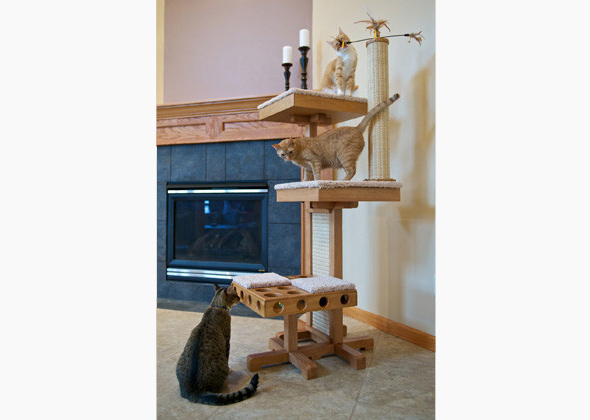10 Weird and Wonderful Animals of Australia
Published on January 25, 2016
Skip To
It’s Australia Day, mate! We’re celebrating by highlighting some of the amazing and unique animals who inhabit the Land Down Under.
The country is home to lots of fascinating species and is probably best known for the many who carry their babies in their pouches. In fact, more than 80 percent of Australia’s plants and animals are found only there, according to Australia’s official tourism website.
We’ve pulled together fun facts about 10 of our favorites in the gallery below.
Sources: National Geographic, Taronga Conservation Society Australia, Australia.com, San Diego Zoo, SeaWorld, Australian Government Department of the Environment
More on Vetstreet:
The country is home to lots of fascinating species and is probably best known for the many who carry their babies in their pouches. In fact, more than 80 percent of Australia’s plants and animals are found only there, according to Australia’s official tourism website.
We’ve pulled together fun facts about 10 of our favorites in the gallery below.
Sources: National Geographic, Taronga Conservation Society Australia, Australia.com, San Diego Zoo, SeaWorld, Australian Government Department of the Environment
More on Vetstreet:
- Pet Name Predictions for 2016
- 5 Ways You’re Stressing Out Your Dog
- Find the Right Dog or Cat Breed for You
- Most Popular Exotic Pets Around the World
- Meet the Friendliest Exotic Pets You Can Have















